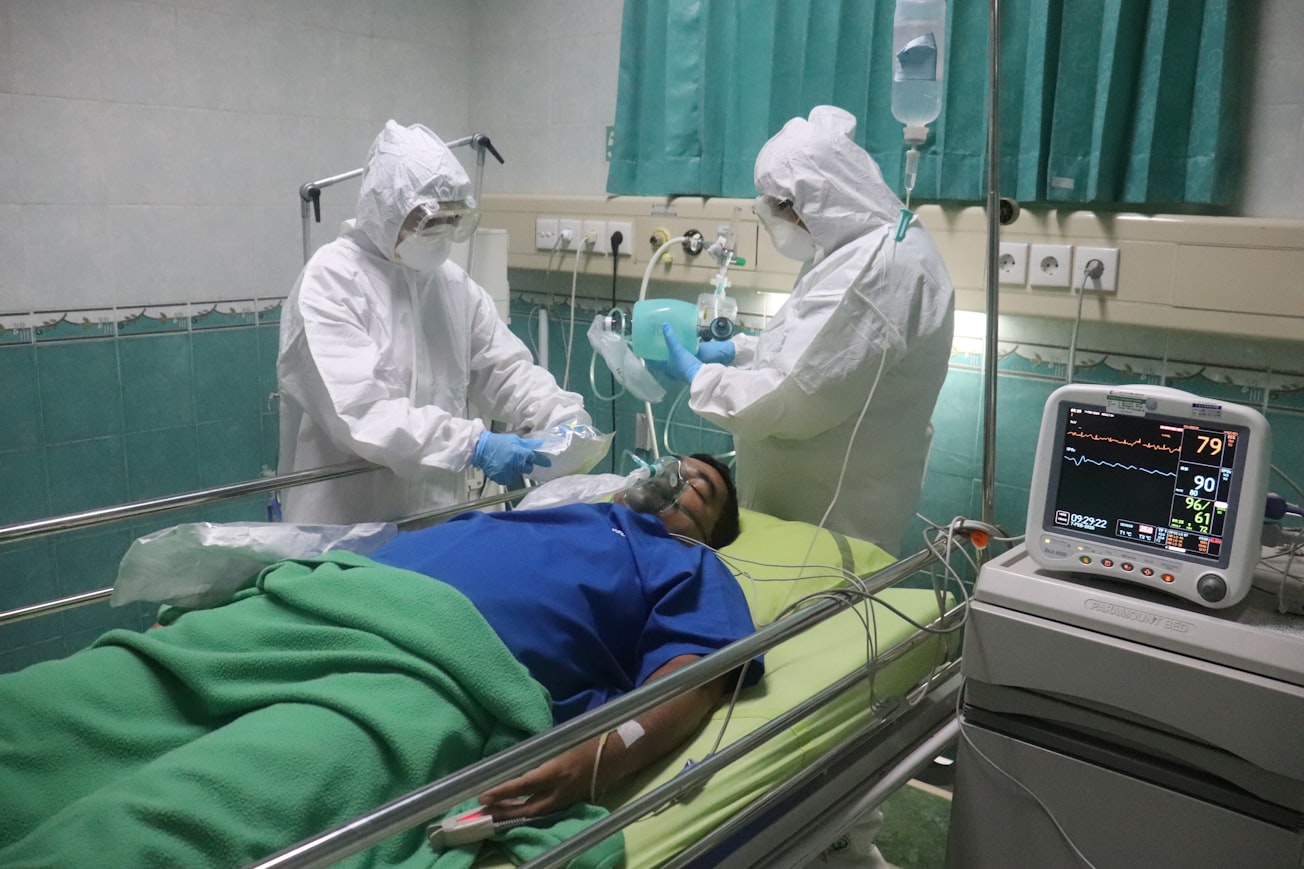What is it about?
When the COVID-19 pandemic first broke out, most current data on infected patients came from parts of China and Europe, with only three reports from the United States. This study, done in early 2020, aimed to offer more information about the pathologic features of COVID-19 among patients in the United States. It examined the clinical and laboratory characteristics of about 40 COVID-19-positive patients, 16 of whom were admitted to a community hospital in Des Moines, USA, between March 1 and April 4, 2020. Among these 16 patients, the most common symptoms observed were fever (94%), cough (88%), and shortness of breath (81%). Low blood sodium (seen in 50% of the patients), elevated lactate dehydrogenase (in 80% of the patients), and reduced oxygen saturation (in 38% of the patients) were commonly observed at admission. Interestingly, C-reactive protein was high in all 16 patients, while 8 of these met the “primary end-point” of the study: ICU support, shock, or death. The three patients who passed away were all over 70 years of age. These patients were more likely to develop acute respiratory distress and kidney failure, and were mostly treated with hydroxychloroquine, vitamin C, and azithromycin.
Featured Image

Photo by Mufid Majnun on Unsplash
Why is it important?
Due to varied ethnicities, lifestyles, and underlying health trends, clinical characteristics of diseases sometime differ greatly between global populations. This influences disease morbidity and mortality, as well as quality of care and treatment guidelines. Hence, analyzing clinical attributes based on demographic differences is crucial for better care and resource allocation around the world, especially for critical diseases like COVID-19. Studies like this one will also encourage more hospitals to share their data. KEY TAKEAWAY Larger prospective studies should focus on fully comprehending the clinical features of COVID-19-infected patients across various ethnicities.
Read the Original
This page is a summary of: Clinical features, laboratory characteristics, and outcomes of patients hospitalized with coronavirus disease 2019 (COVID-19): Early report from the United States, Diagnosis, April 2020, De Gruyter,
DOI: 10.1515/dx-2020-0046.
You can read the full text:
Resources
- Related Content
Increased risk of blood clotting in patients with SARS-CoV-2
Routine tests to monitor blood coagulation may help with early identification of severe forms of COVID-19 infections and help to reduce disease severity.
- Related Content
Laboratory abnormalities in diagnostic tests for Covid-19 infection
Laboratory medicine plays a crucial role in the early detection and management of many diseases. An overview of the various abnormalities encountered during in-vitro diagnostic tests of patients is vital to understanding the clinical characteristics and behaviour of a disease like COVID-19.
- Related Content
Reviewing potential vulnerabilities in COVID-19 diagnostics
Laboratory medicine plays a crucial role in the diagnosis and containment of infectious and transmissible diseases like COVID-19. Hence, reducing testing errors in RT-PCRs is of paramount importance.
- Related Content
The various features of COVID-19
One of the first published summaries of the disease and its diagnosis, aimed at improving disease management and control.
Contributors
Be the first to contribute to this page







